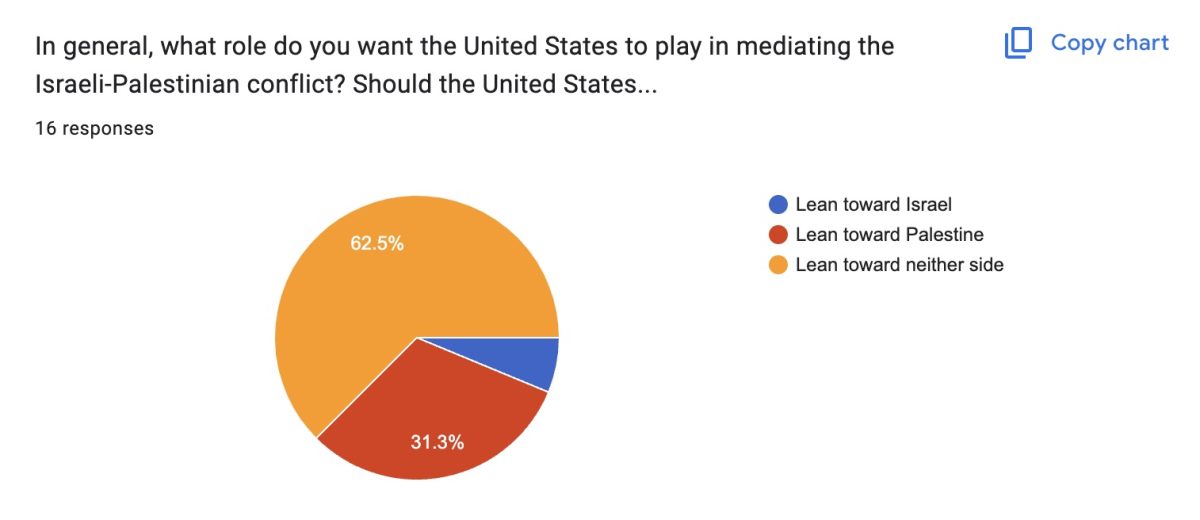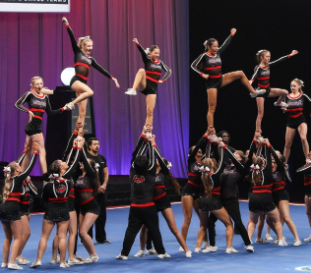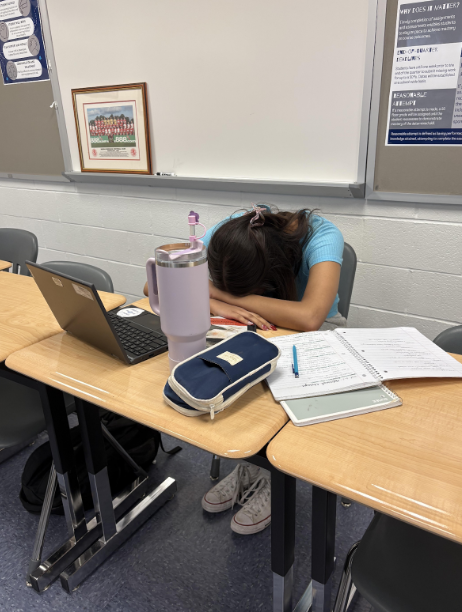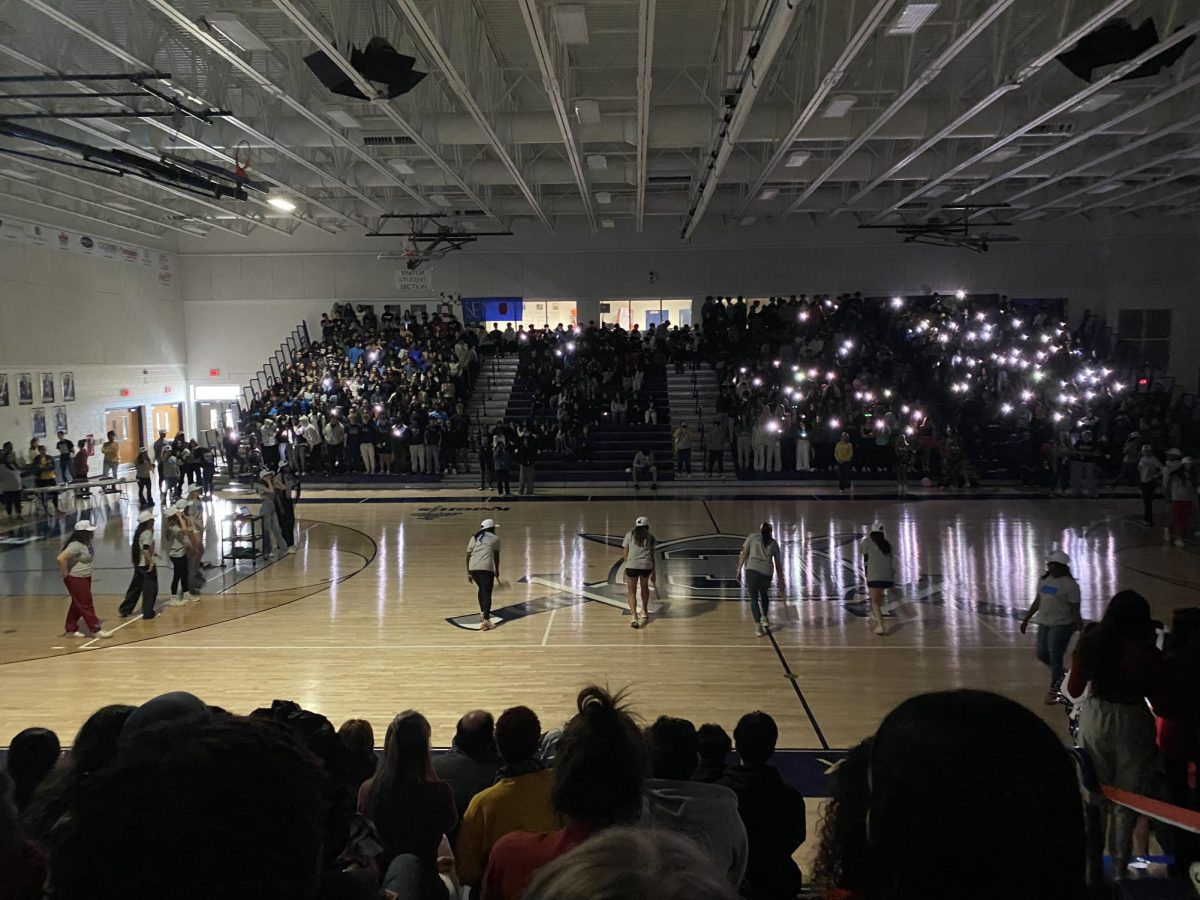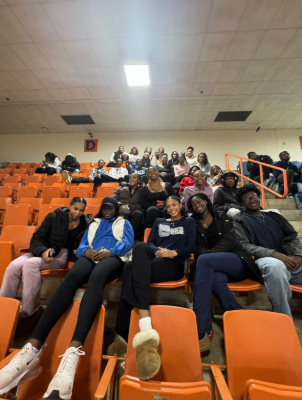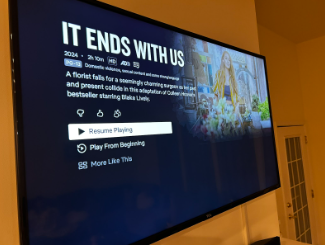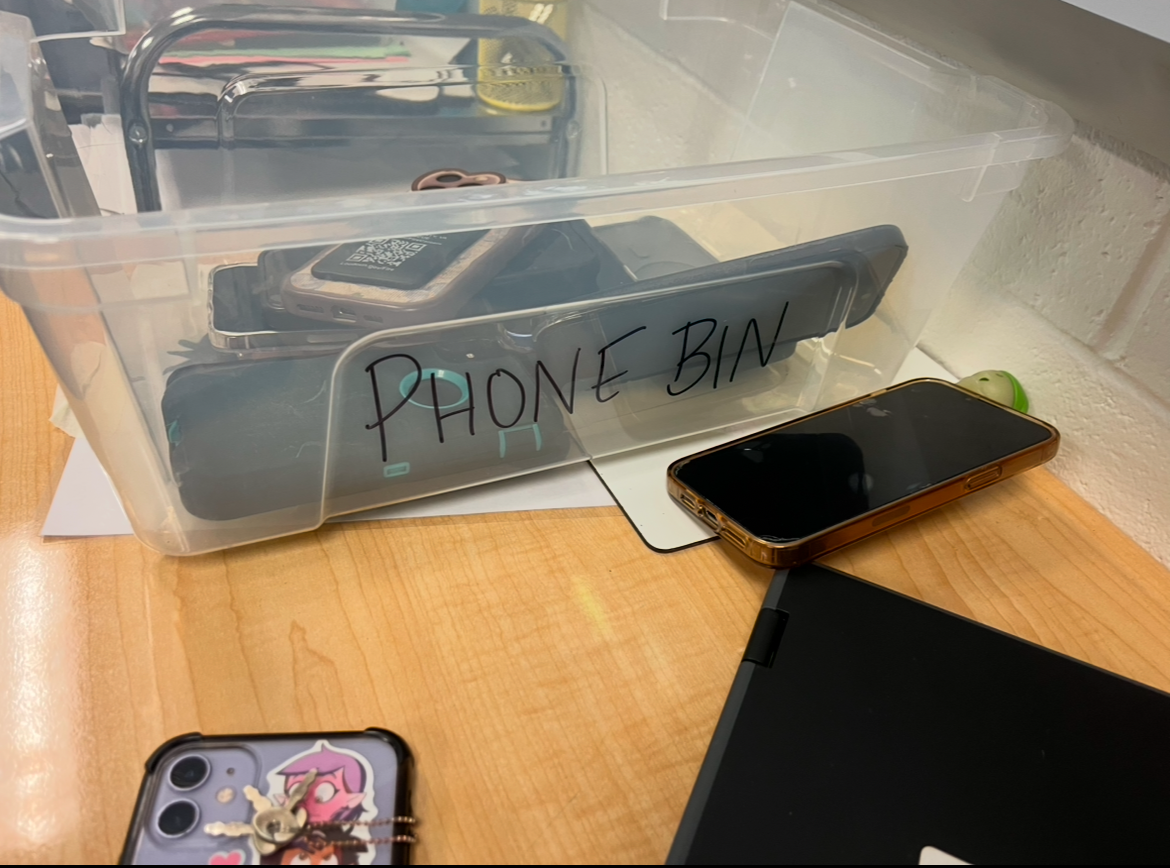Junior year’s infamous reputation is well known as the make-or-break year for high school students. With late nights, decreased motivation and burnouts, it becomes the year that tests high schoolers the most.
The “junior year slump” is a curse talked about by students since their freshman year of high school. Despite knowing what the future typically holds, the experience usually hits harder than expected.
“When I was a freshman, I remember hearing how junior year was the hardest, but I never paid much attention to it then,” junior Saanvi Baggari said. “To me, junior year was something to look forward to, until I got to it.”
It’s the year students are expected to manage it all. From taking the hardest classes, to preparing for the Scholastic Aptitude Test (SAT) or American College Testing (ACT), and balancing out sports and extracurricular activities. As a result, students are finding it difficult to take time to relax.
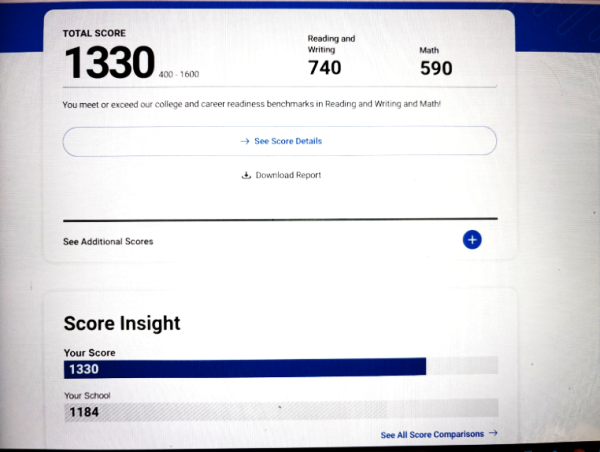
“Sometimes each week feels never-ending,” junior Jerusha Codicoppula said. “When spring sports season rolled around, I had to find a new routine to balance out my school work and my sport.”
For high school students, junior year is the last full year before college applications. Because the application process starts early on during their senior year, high school students rush to add more achievements to their applications.
“I’m planning to apply early action to most of my colleges,” Baggari said. “That means I have to finish strong this year, since those deadlines hit as early as October.”
However, that never-ending pressure can quickly lead to burnout, especially around the third and fourth quarter when the Advanced Placement (AP) season hits. This is usually the time when motivation and drive start to run low.
“AP season is hard regardless of what year I was in, since I also took 3 APs my sophomore year,” Baggari said. “It’s just harder to study for it this year. I just want this school year to end.”
Teachers and counselors say the junior year slump is common among students, but is still underestimated. It’s not just about the bad test scores, it’s about the relentless effort students need to put into their 100% effort.
“I would say that Junior year is definitely more challenging as students begin to take school more seriously and plan for the future,” counselor Irene Nettekoven said. “I would encourage students to prioritize balance in their schedule and not over-commit, but really focus on the things that are important to them.”
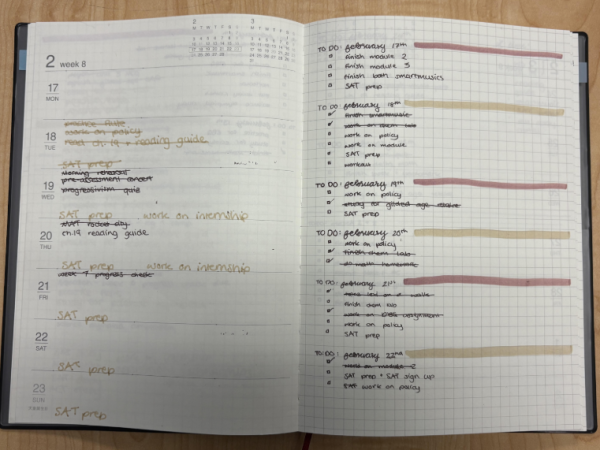
Different students handle the junior year fatigue in different ways. While some throw themselves into a busy schedule of work, others take more time to rest and spend time away from school with family and friends.
“I try to balance junior year by writing out a schedule to keep me on track,” Condicoppula said. “I prioritize school work during the weekdays and try to spend more time with family and friends on the weekends.”
Due to the toll junior year has on students, counselors, teachers, and administrators all offer academic, mental or physical health aid to help their students succeed.
“Sometimes I visit my teachers for help on certain topics I didn’t understand,” Baggari said, “but most of the time, I get my support from my friends and family to help me through this year.”
Despite the slump, many students say junior year teaches them more than just academics. It pushes them to grow, reflect, and find strength they didn’t know they had.
“It’s rough, no doubt,” Condicoppula said, “but I’m learning how to handle pressure—and I think that’s going to help me long after high school.”


